Detroit, MI ~ August 17, 2008
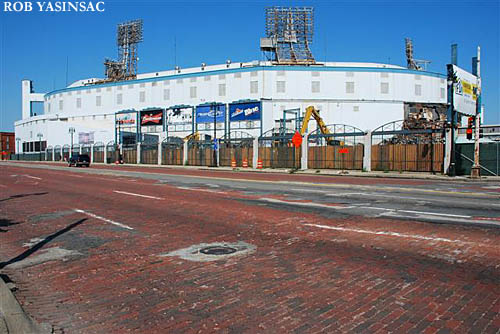
Tiger Stadium
Detroit, MI ~ August 17, 2008

A lifelong
Detroit Tigers fan from New York, I never actually made it out there until
August of 2008. Demolition of Tiger Stadium began about a month and a half
beforehand. At first glance, looking north up Trumbull Avenue, the stadium
appeared intact, but going around the back we saw that the outfield stands had
been completely destroyed. It was possible to see much of what remained, as one could still walk right up to the perimeter of the property
since the security
fencing ended right at the sidewalk.
Tiger Stadium closed as part of the wave of new ballpark-building that began in
the 1990s and is still occurring. Ostensibly, the new ballpark was promoted to help revitalize downtown Detroit, but clearly Comerica Park has not had
that effect - downtown was no more active or vibrant than "Corktown"
was on this beautiful summer Sunday. Although I never attended a game at Tiger
Stadium, I find it hard to believe that Comerica Park is an improvement. Sure,
the concourses may be wider and there may be more concessions stands, but that doesn't
affect me much - I go to baseball games to watch baseball, not to hang out and
gorge myself on overpriced junk food. As for actually watching baseball, Tiger
Stadium may indeed have been a better place to watch the action, with the upper
deck practically hanging right over the field. The seats in the new stadiums are
inevitably much further away than comparable seats were in stadiums from the
first half of the 20th century.
Tiger Stadium is/was one of less than a handful of the
original major league baseball palaces to survive into the 2000s, including
Wrigley Field, Fenway Park and Yankee Stadium (Yankee Stadium was significantly
altered in the 1970s renovations- much if the exterior survived, but the stands
were completely rebuilt. In fact, Tiger Stadium was used as
the stand-in for Yankee Stadium for the film "61*"). It is
understandable that the widely-derided "concrete doughnuts" that
sprouted up in places such as Philadelphia, Pittsburgh, Cincinnati and St. Louis
in the 1970s were demolished in favor of new ballparks in the last decade or so, but it still bewilders me that we could vacate and demolish a gem
like Tiger Stadium.
Proponents of demolition say that no feasible use for the
park could be found, that it had been allowed to deteriorate, or they came up
with any number of other excuses that come up when people want to get rid of
some building that comes to represent some perceived negative mark upon society.
I think that Tiger Stadium should have been put to use as a playing field for
high school and college teams, or for youth leagues. There is talk of preserving
part of the stadium, but if some of it is to be left, than why tear any of it
down in the first place? Even if left as a ruin, no doubt people would desire to visit Tiger Stadium.
After all, don't government agencies spend vast sums of money to excavate,
restore, and preserve the ruined stadiums and amphitheaters of antiquity? We should
take care of those places we built in our time as well.
On our day at Tiger Stadium, we met at least a dozen other people in about 30
minutes, photographers, baseball fans, and tourists. I would have paid decent
money to get inside to take some pictures. Alas, that was not possible, but this
group of lucky photographers sure made their time at Tiger Stadium count!
LINKS:
Detroit
Free Press - Dismantling of Tiger Stadium
Preserve Tiger Stadium, and their
links page.
Remember Tiger Stadium
Preservation
Magazine - Online Article, February 2008
Preservation
Magazine - 11 Most Endangered List.
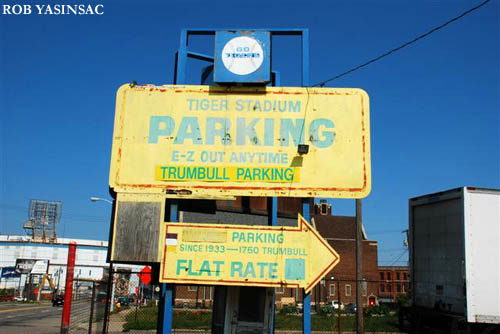
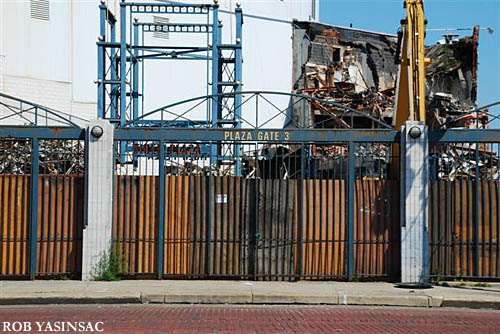
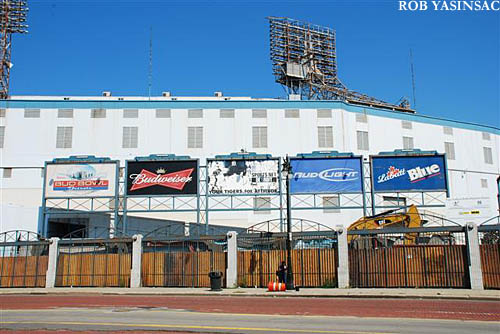
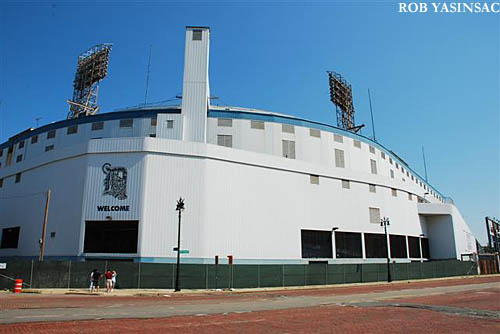
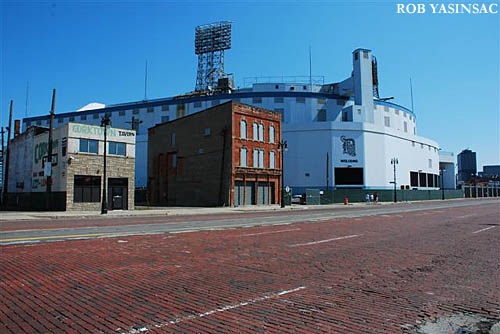
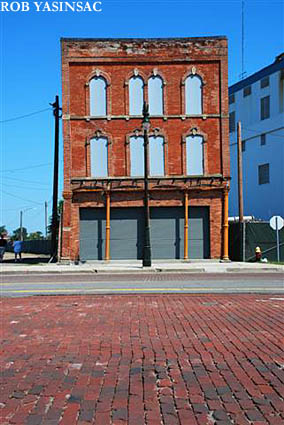
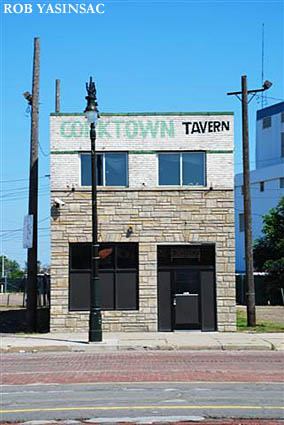
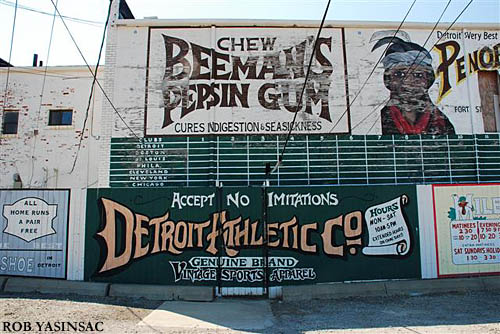
More
Tiger Stadium photos - Page 2
This page copyright © 2008 by Robert J. Yasinsac.
Reproduction of text and/or photographs without the permission of Robert J. Yasinsac is
prohibited.